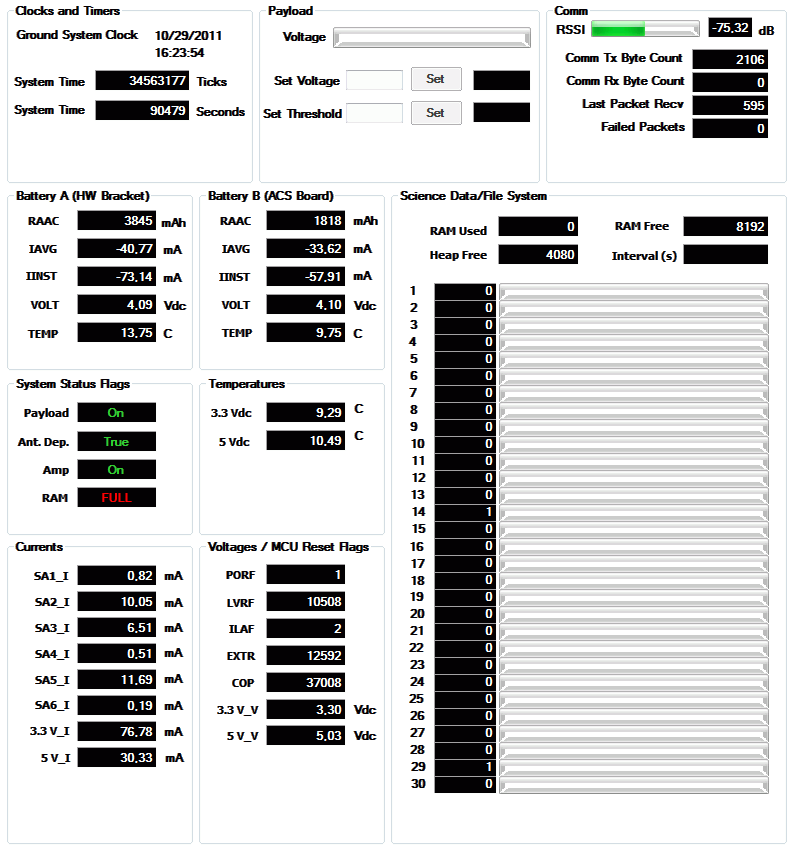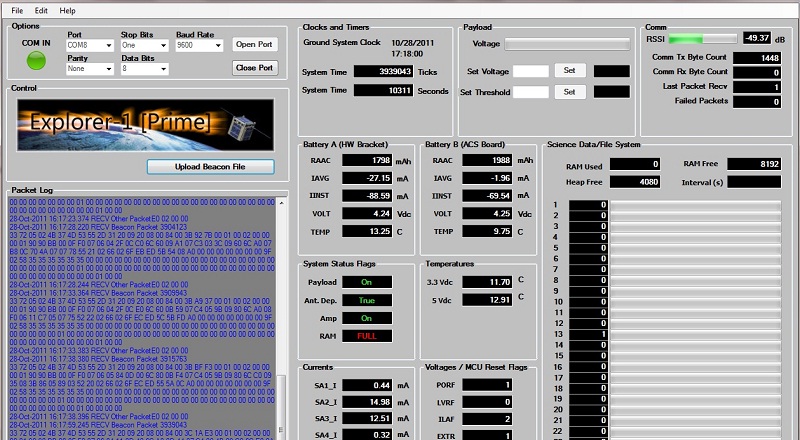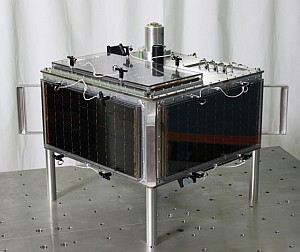 Now that the submissions are complete for the Chicken Little Contest, AMSAT is announcing a new contest: Catch the Last ARISSat-1 Telemetry. With luck, we will have real time data to go along with the final reentry. While telemetry sent by e-mail is valuable and requested, the contest will be judged solely on data sent through the official ARISSatTLM programs directly to the Internet telemetry server.
Now that the submissions are complete for the Chicken Little Contest, AMSAT is announcing a new contest: Catch the Last ARISSat-1 Telemetry. With luck, we will have real time data to go along with the final reentry. While telemetry sent by e-mail is valuable and requested, the contest will be judged solely on data sent through the official ARISSatTLM programs directly to the Internet telemetry server.
How do I enter? Simple. Just submit ARISSat-1 telemetry over the Internet using either ARISSatTLM telemetry program. You can use the PC version or the MAC version of ARISSatTLM. You are automatically eligible.
Are there separate categories for entrants? No.
How is the winner determined? The call, or name, in the last block of data received by telemetry server wins.
How will the winner be announced? Via the usual AMSAT News Service, and on the Chicken Little Contest site.
If ARISSat-1 fails sometime before reentry, does it count? Yes! Engineering data is essential input for future projects!
What do I get if I win? A certificate in PDF format suitable for framing, and the gratitude of the ARISSat-1 team.
In short, just keeps those telemetry blocks flowing!
Remember: you can see the latest ARISSat-1 telemetry at ARISSat-1 realtime telemetry
Mark L. Hammond [N8MH]

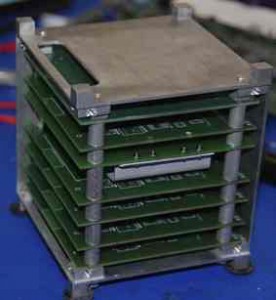 OSCAR Number Administrator, Bill Tynan, W3XO reports that he has ad- vised
OSCAR Number Administrator, Bill Tynan, W3XO reports that he has ad- vised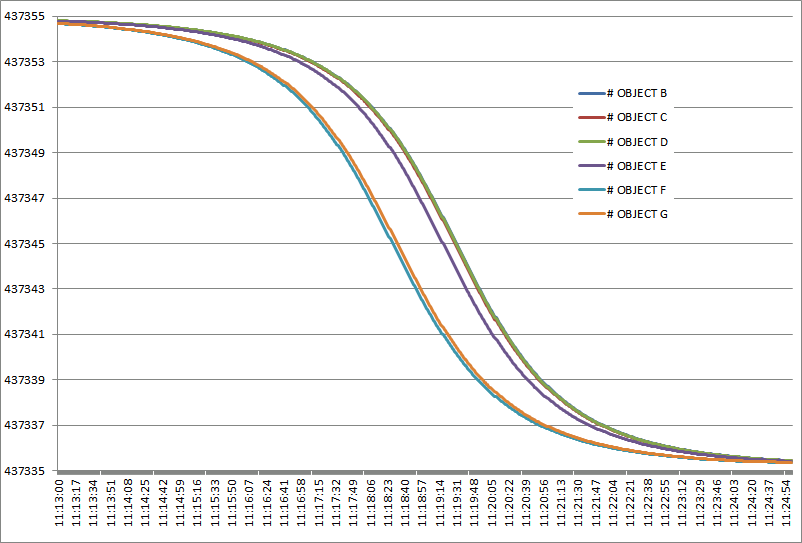
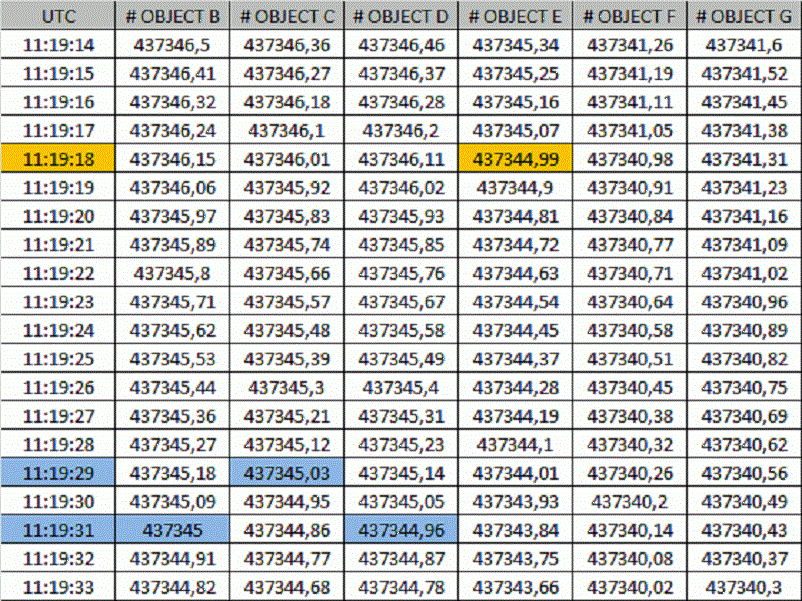
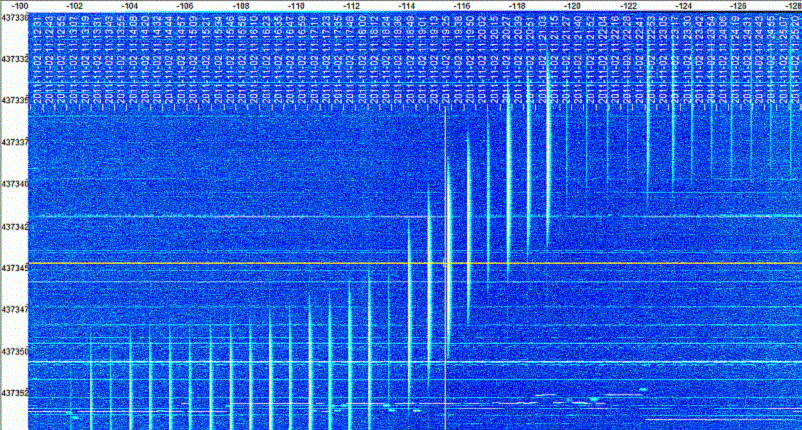
 The search for the right TLE information has begun. After a launch, it’s always figuring out which objects in celestrak.com/NORAD/elements/tle-new.txt correspond to which satellite.
The search for the right TLE information has begun. After a launch, it’s always figuring out which objects in celestrak.com/NORAD/elements/tle-new.txt correspond to which satellite.